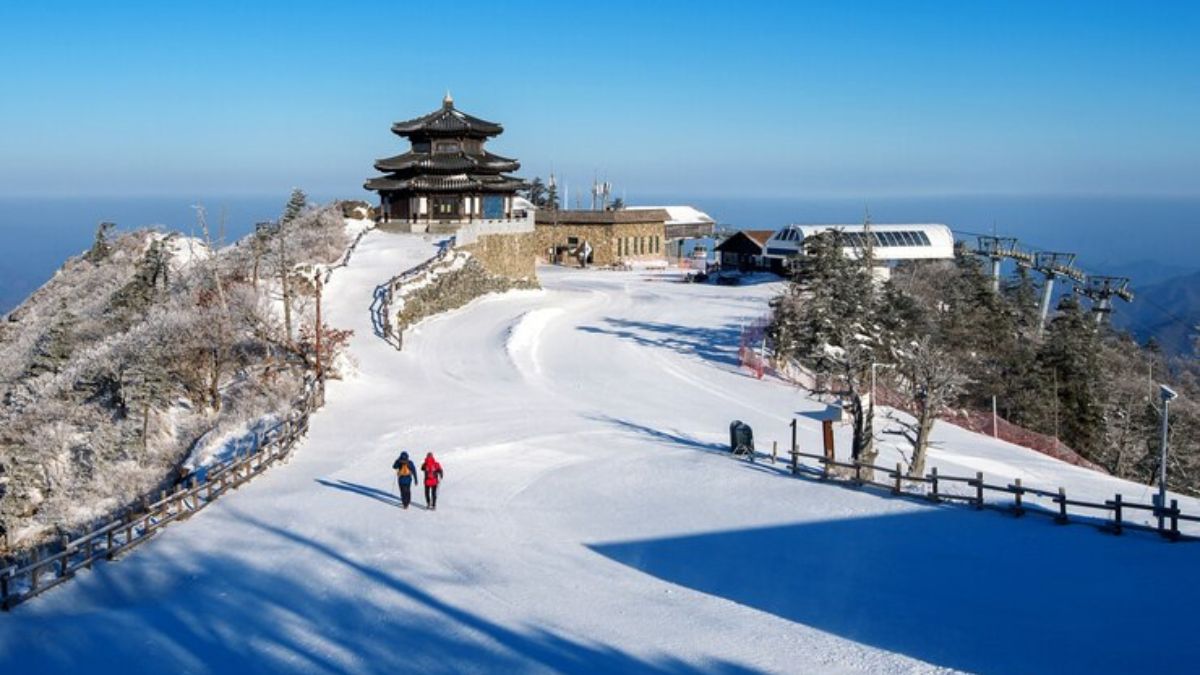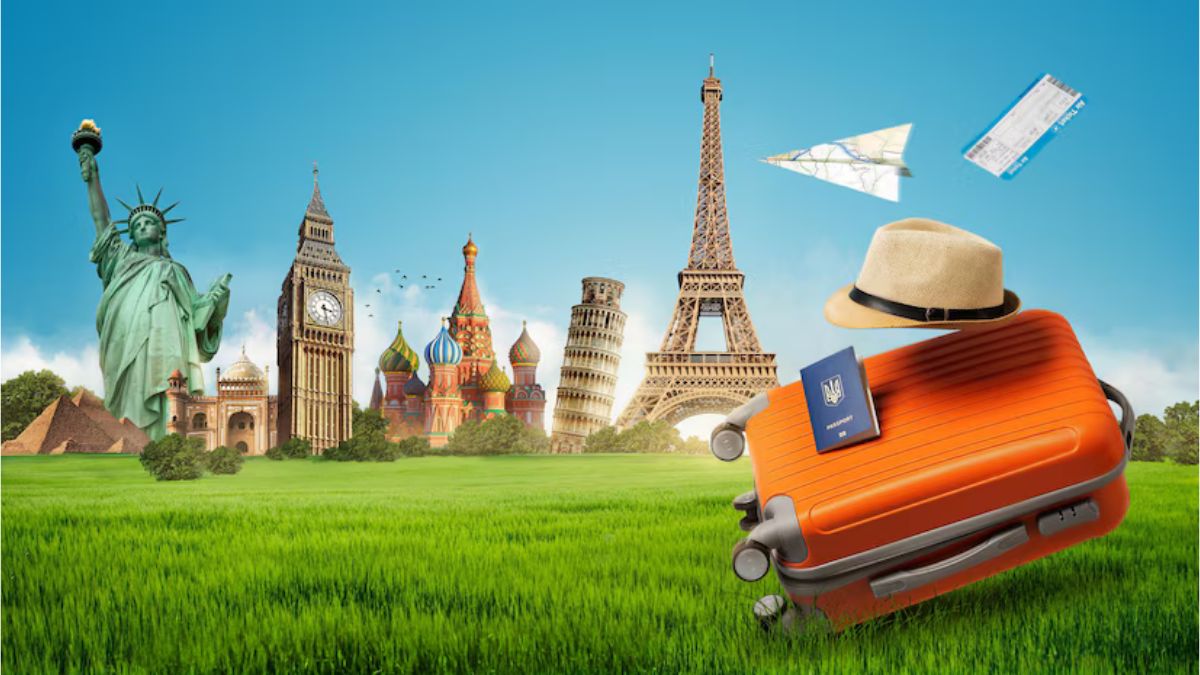Karingkarla is a name that echoes with the rich history and vibrant culture of its people. Nestled in the heart of Australia, this place offers a unique glimpse into the lives of its Indigenous inhabitants and their enduring traditions. From ancient customs to modern challenges, Karingkarla stands as a testament to resilience and pride. As we dive deeper into its story, you’ll discover not just the past but also how it shapes the identity of those who call this remarkable land home today. Join us on this journey through time as we explore the layers that make up Karingkarla’s cultural tapestry.
The Indigenous People of Karingkarla
The Indigenous people of Karingkarla possess a rich cultural heritage that has thrived for thousands of years. Their connection to the land is profound, encompassing both spiritual and practical elements.
Traditionally, these communities practiced sustainable hunting and gathering. They deeply understood their environment, which guided them in using resources respectfully.
Language plays a central role in their culture. Unique dialects reflect the intricate relationship they share with nature and each other. Oral traditions convey stories that preserve knowledge through generations.
Ceremonies are integral to community life. These gatherings reinforce social bonds while celebrating shared history and identity. Art forms such as weaving or painting often depict significant cultural narratives.
Today, efforts continue to promote awareness about their customs and challenges faced by modern Indigenous peoples in Karingkarla. This focus on education fosters respect for their enduring legacy and vibrant spirit within the wider Australian context.
Traditional Customs and Beliefs in Karingkarla
Traditional customs in Karingkarla are deeply rooted in the connection to land and nature. The Indigenous people hold sacred relationships with their environment, viewing it as a living entity deserving respect.
Ceremonies often revolve around seasons, harvests, and significant life events. These rituals include storytelling, song, and dance that pass down knowledge through generations. Elders play a vital role in sharing wisdom and ensuring cultural continuity.
Beliefs surrounding spirituality also permeate daily life. Ancestor veneration is common; they are seen as guiding spirits who influence the present. Dreamtime stories illustrate moral lessons while reinforcing community values.
Art forms like weaving and painting reflect these traditions beautifully. Each piece tells a story of heritage, identity, and connection to the earth.
In Karingkarla, customs intertwine with everyday existence, creating a vibrant tapestry that celebrates both history and ongoing cultural practices.
The Impact of Colonization on Karingkarla
Colonization brought profound changes to Karingkarla. The arrival of European settlers disrupted traditional ways of life for the Indigenous community. Their connection to the land was challenged as new systems were imposed.
Land ownership shifted dramatically, leading to dispossession. Traditional hunting and gathering practices diminished under colonial policies. These transformations caused deep cultural rifts within the community.
Language also faced threats during this period. Many Indigenous languages became endangered as English dominance spread through education and media. This loss stripped away vital aspects of identity.
Despite these challenges, resilience emerged among the people of Karingkarla. They fought back against assimilation efforts, preserving their customs and traditions in various forms. Today, there is a renewed focus on reclaiming heritage and rights that colonization once sought to erase.
The impact of colonization remains evident but serves as a backdrop for revitalized cultural expression in Karingkarla today.
Modern Day Karingkarla: Challenges and Celebrations
Modern-day Karingkarla is a vibrant tapestry of tradition and contemporary life. The community faces numerous challenges, particularly in preserving their cultural identity amidst rapid change. Economic development often threatens the rich heritage that defines this area.
Despite these hurdles, residents celebrate their culture with fervor. Festivals showcasing traditional music, dance, and art bring together people from all walks of life. These events serve as powerful reminders of Karingkarla’s history and resilience.
Education plays a crucial role in bridging generations. Young people are increasingly engaging with their roots while adapting to modern influences. This blend fosters creativity and innovation within the community.
Environmental issues also loom large for Karingkarla today. Residents work tirelessly to safeguard their lands against exploitation, ensuring future generations can experience its beauty. Through grassroots movements and local initiatives, they strive to balance progress with preservation seamlessly.
Preserving and Honoring the Culture of Karingkarla
Preservation of Karingkarla’s culture is a collective effort. Local communities actively engage in storytelling, passing down oral traditions to younger generations. This ensures that the rich history remains alive and vibrant.
Art plays a significant role as well. Indigenous artists create works that reflect their heritage, using traditional techniques and materials. These pieces not only tell stories but also serve as powerful symbols of identity.
Cultural festivals are celebrated throughout the year, showcasing dance, music, and food unique to Karingkarla. Such events bring people together, fostering unity among community members while inviting others to appreciate this beautiful heritage.
Education initiatives focus on teaching both locals and visitors about Karingkarla’s customs and values. Workshops often include language lessons or crafts inspired by ancestral practices.
Collective memory is vital for growth. By honoring those who came before them, the people of Karingkarla ensure that their culture thrives for generations to come.
Conclusion: Embracing the Rich Heritage of Karingkarla
Karingkarla is a tapestry woven with stories, traditions, and resilience. Each element of its heritage tells a tale of survival and adaptation. The spirit of the land resonates through its people.
Embracing this rich culture involves recognizing the significance of traditional practices. These customs foster a deep connection to both ancestors and nature. Celebrations reflect this bond, showcasing vibrant expressions of identity.
As we engage with Karingkarla’s history, it becomes essential to support ongoing efforts for cultural preservation. Initiatives aimed at educating others about Indigenous customs play a vital role in keeping these traditions alive.
The beauty of Karingkarla lies not just in its past but also in how it shapes contemporary life. Acknowledging its heritage paves the way for future generations to thrive while honoring their roots.
FAQs
The vibrant history and culture of Karingkarla offer a deep insight into the life and traditions that have shaped this community over generations. Understanding Karingkarla is essential to appreciate its unique identity.
What are some traditional customs in Karingkarla?
Traditional customs in Karingkarla include ceremonies tied to the land, seasonal festivals, and storytelling sessions that pass down knowledge through generations.
Who were the Indigenous people of Karingkarla?
The Indigenous people of Karingkarla belong primarily to the local Aboriginal tribes, who have lived on this land for tens of thousands of years, practicing sustainable living and spiritual connections with nature.
How has colonization affected Karingkarla?
Colonization brought significant changes, leading to disruptions in cultural practices, loss of language, and challenges related to land rights. However, resilience among the community has fostered revival efforts.
What modern challenges does Karingkarla face today?
Modern-day challenges include maintaining cultural heritage while adapting to contemporary society. Issues such as economic inequality also affect residents’ quality of life.
How can one help preserve the culture of Karingkarla?
Supporting local initiatives aimed at education about Indigenous culture or participating in events organized by the community can contribute positively toward preservation efforts.
Karingkarla stands as a testament to resilience and rich heritage amidst changing times. It invites everyone interested in understanding its past while celebrating its present.










